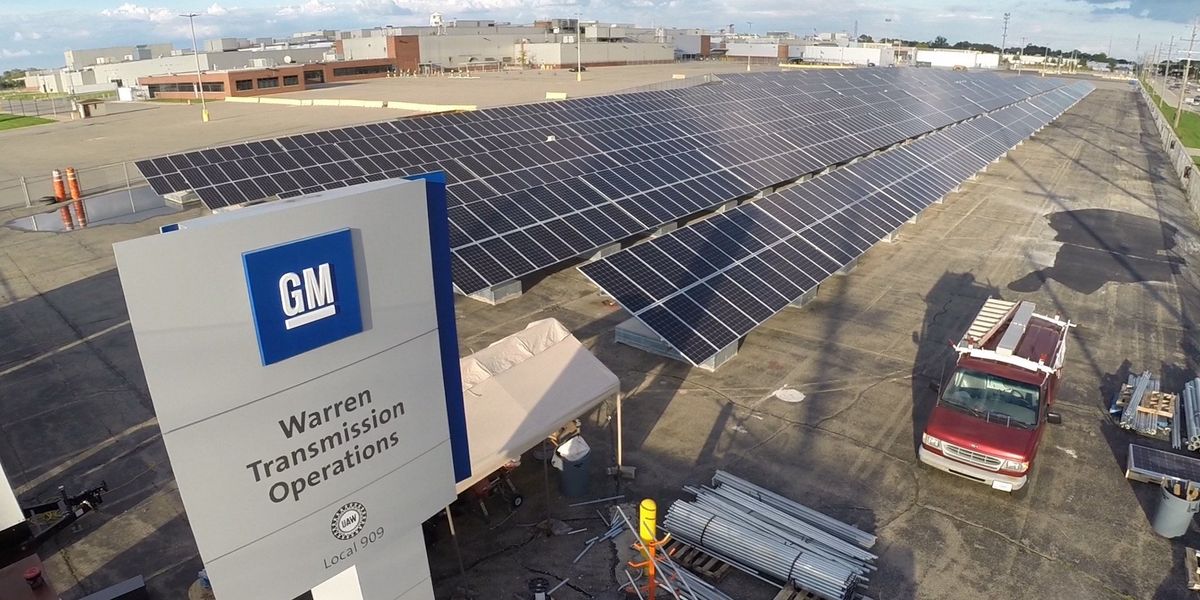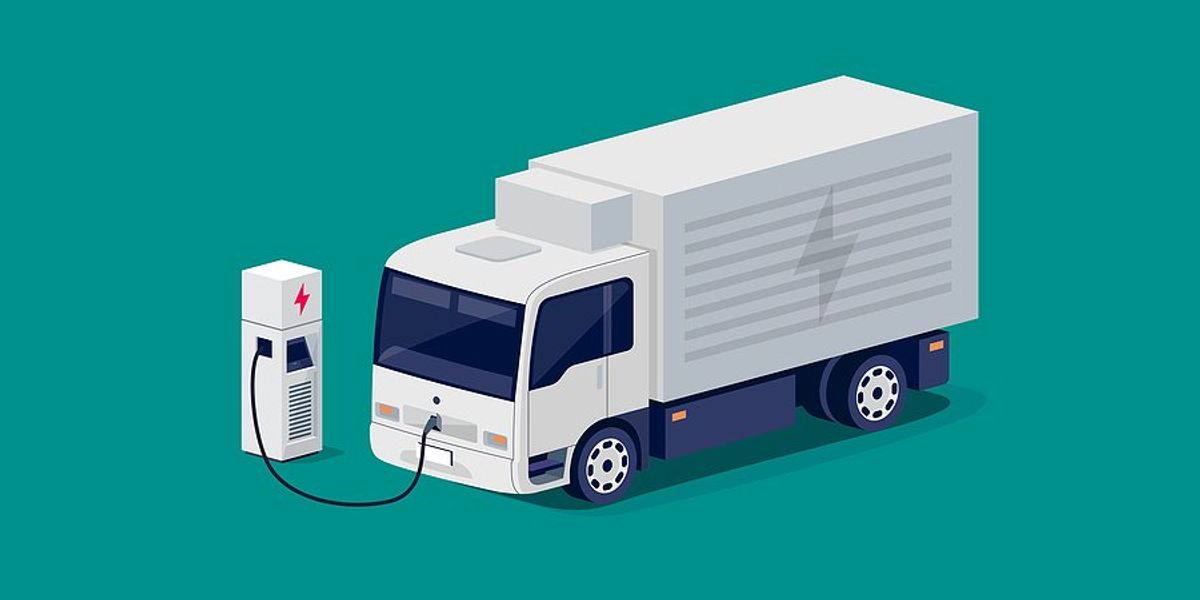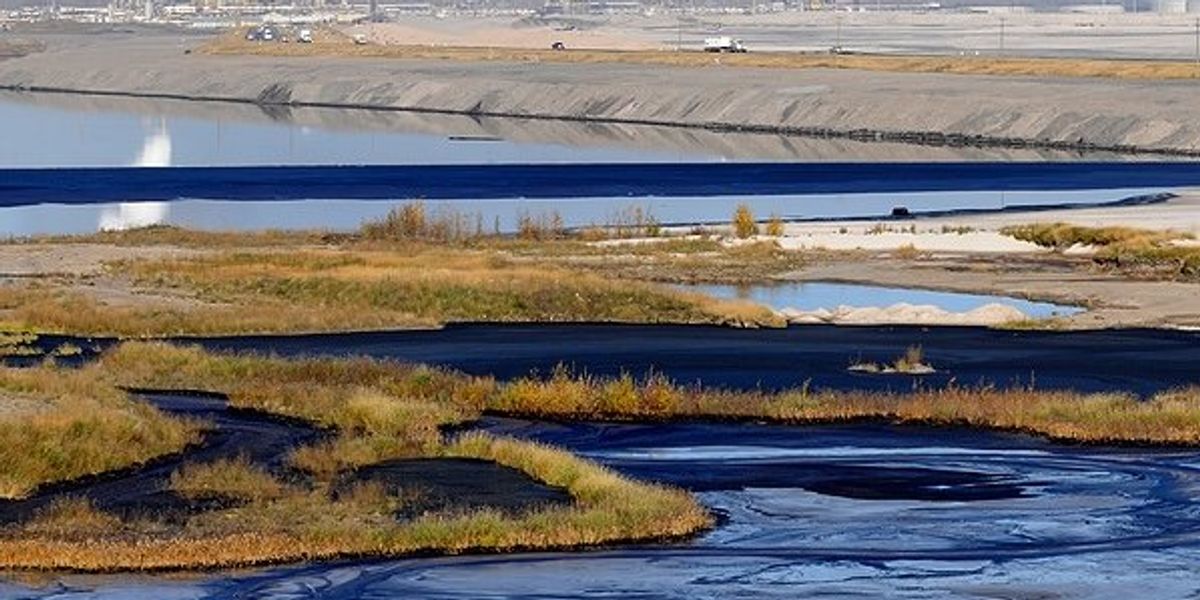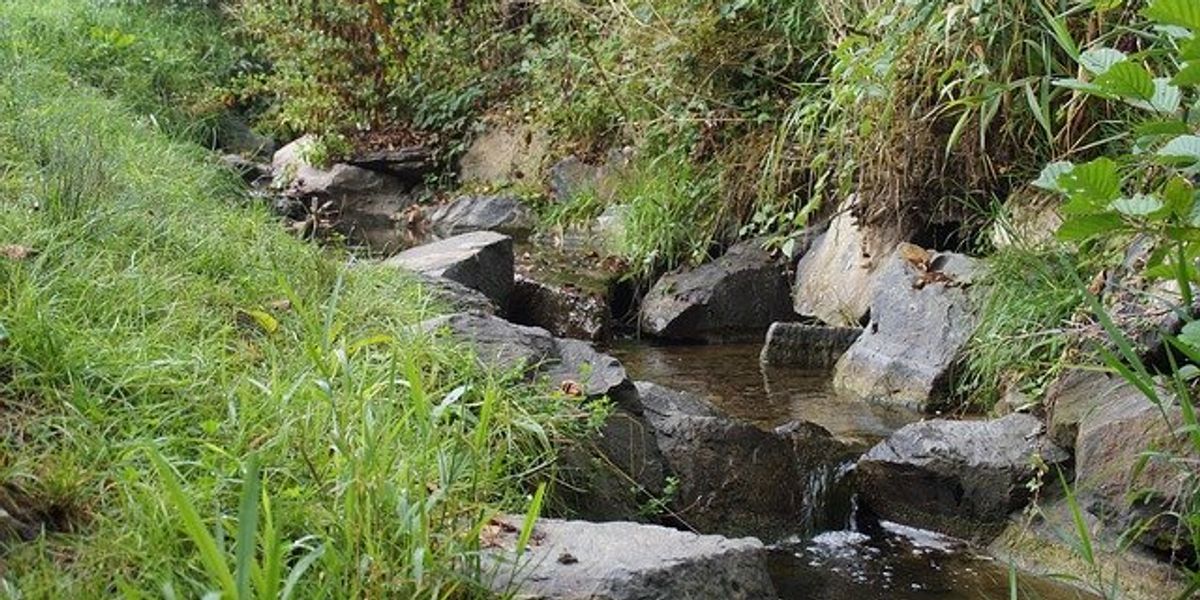
Michigan reimagines its toxic land as a solar-powered future
Michigan wants to clean up its polluted past by turning contaminated industrial sites into a new solar-powered frontier.
Douglas J. Guth reports for Inside Climate News.
In short:
- Michigan has over 24,000 contaminated brownfield sites, many left behind by heavy industry, and advocates see solar energy as a powerful way to reclaim these spaces.
- A recent survey found residents overwhelmingly support solar on previously disturbed land — like retired coal plants — over forests or farmland, reflecting broader public health and environmental priorities.
- The state is moving forward with a $129 million U.S. Environmental Protection Agency grant to build solar projects on these “orphan” lands, though regulatory gaps, grid delays, and zoning issues remain major hurdles.
Key quote:
“The work now is to chart the near-term future of how Michiganders get their energy. This can be talked about through the lens of climate or the environment, but the public health ramifications are enormous as well."
— Kelly Thayer, senior policy advocate, Environmental Law & Policy Center
Why this matters:
With a $129 million EPA grant in hand, the state is trying to turn remediation potential into reality. That dream still runs into the messy reality of grid bottlenecks, clunky zoning rules, and a regulatory maze that wasn’t built for a clean energy future. But if Michigan can cut through the red tape, these “orphan” lands might finally get their second act — and bring cleaner air, local jobs, and long-overdue investment along with them.
Read more: In the race for clean energy, the US is both a leader and a laggard — here’s how













